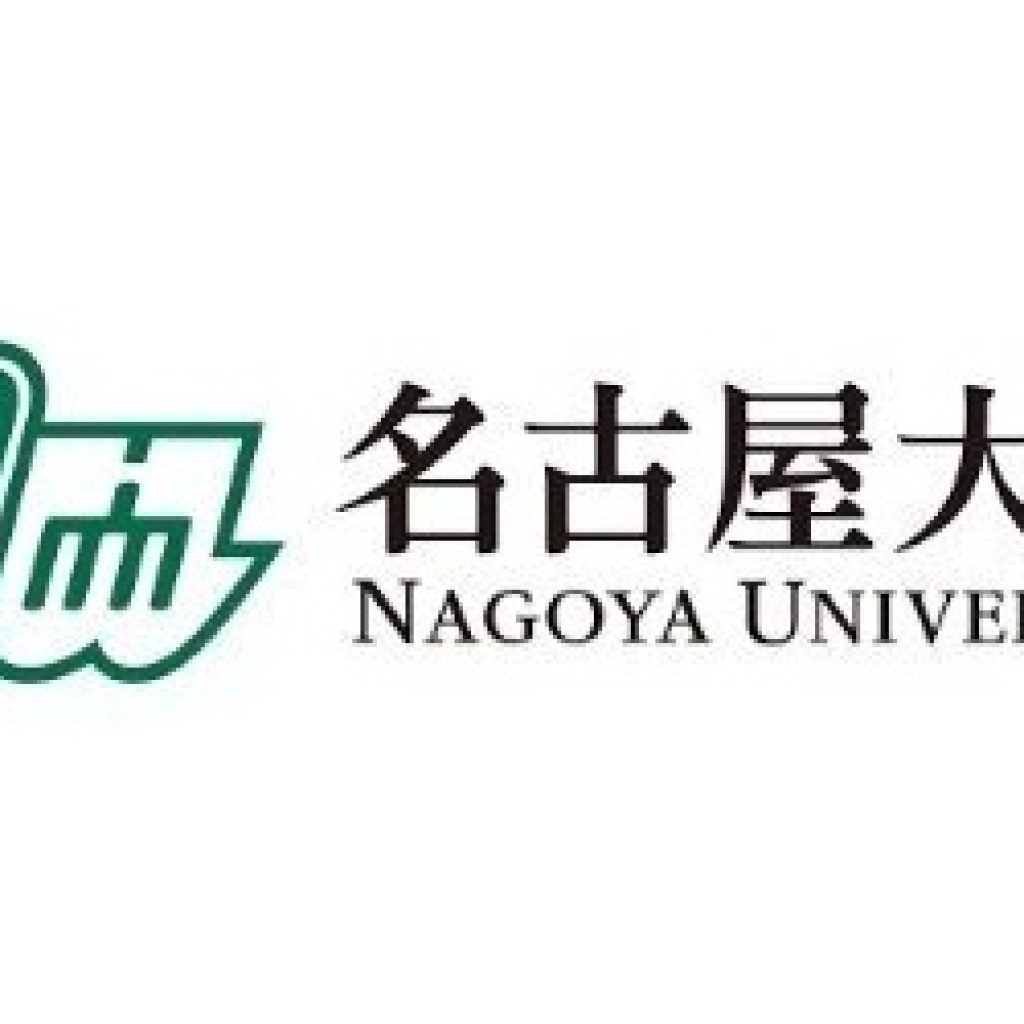(HPCWire) Nagoya University researchers and colleagues in Japan have published in the journal Advanced Materials their findings that show promise for the development of materials and device methods that can be used in optical quantum information processing.
Light particles called photons have interesting properties that can be exploited for storing and transporting data and show tremendous promise for use in quantum computing.
For this to happen, information is first stored in electrons that then interact with matter to generate data-carrying photons. Information can be encoded in the direction of an electron’s spin,
So far, however, scientists have only managed to generate this type of circularly polarized light using magnets and very cold temperatures, making the technique impractical for widespread use.
Nagoya University applied physicists Taishi Takenobu and Jiang Pu led a team of scientists to develop a room-temperature, electrically controlled approach for generating this chiral valley-polarized light.
First, they grew a monolayer of semiconducting tungsten disulfide on a sapphire substrate and covered it with an ion-gel film. Electrodes were placed on either end of the device and a small voltage was applied. This generated an electric field and ultimately produced light. The team found that chiral light was observed between -193°C and room temperature from the portions of the device where the sapphire substrate was naturally strained as a result of the synthetic process.
“Our use of strained monolayer semiconductors is the first demonstration of a light-emitting device that can electrically generate and switch right- and left-handed circularly polarized light at room temperature,” says Takenobu.
The team will next further optimize their device with the aim of developing practical chiral light sources.
Nagoya University Research Shows Promise for Optical Quantum Processing
